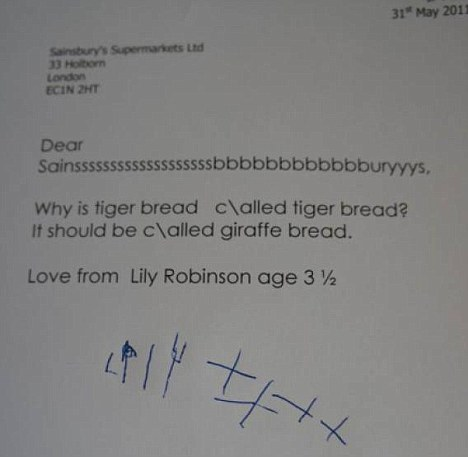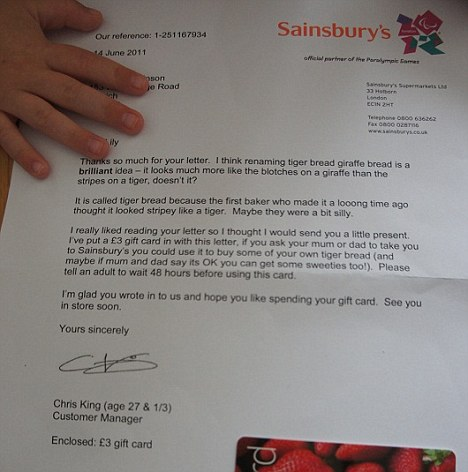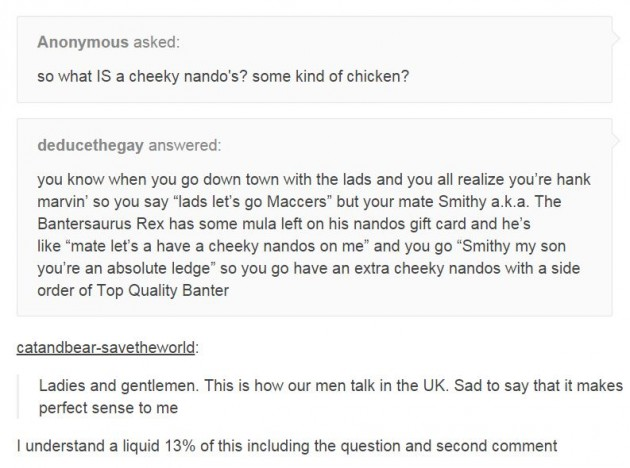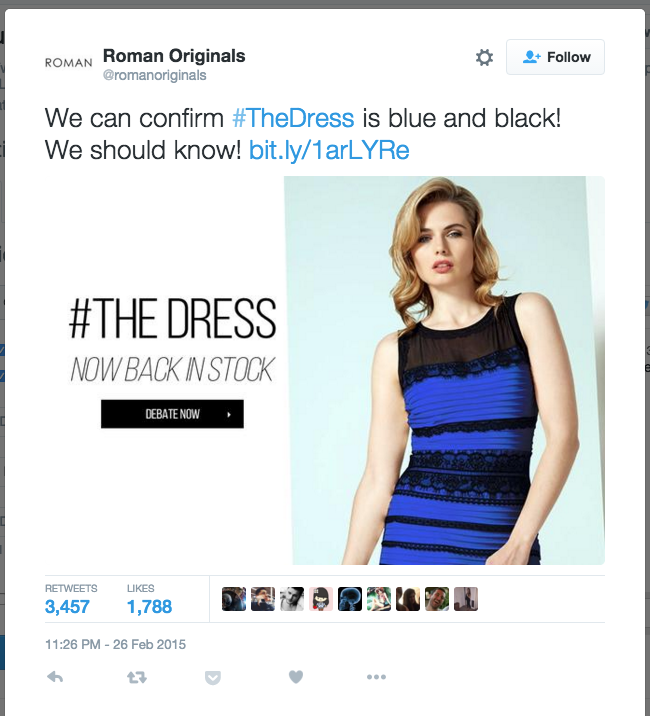20 Social Media Holidays to Celebrate This May
By Yasmin PierreApr 10
Read the practical framework for leveling up your social media team.
Published February 16th 2016
Andy Warhol was right when he predicted that in the future, everyone will be famous for 15 minutes. With the phenomena of going viral, it seems that future is right here. Last month, even a puddle had its time to shine.
The possibility of small spend and big impact makes viral hits too enticing for brands to ignore.
Since the halcyon days of the now-famed Oreo ‘Dunk in the Dark’ tweet, you can find any number of online articles that will claim to have found the formula for going viral.
I had an experience recently that made me wonder what happens when a brand goes viral without meaning to.
Recently my flatmate and I decided to buy a new TV.
We fired up our laptops and began the research; asking Google, poring over peer reviews and reading expert guides. After much debate, we decided to go with the recommendation from consumer group Which?.

Alongside the recommendation, Which? lists e-commerce sites and their prices. Naturally we chose the cheapest one. Four weeks later, we are still waiting for delivery. The problem, it seems, is our buying decision wasn’t particularly original.
Thousands of people use Which? – this isn’t a problem if the most popular recommendation is supplied by Amazon, who can handle the demand.
But if the cheapest option is a smaller retailer, then the amount of traffic Which? refers to them will outstrip their supply, turning a boost to business into a logistical nightmare.
Following this experience, I thought I’d explore other examples to see if anything can be learned from going viral by mistake.
When three-year-old Lily Robinson wrote to UK supermarket Sainsbury’s to ask why ‘tiger bread’ wasn’t named after a giraffe as its appearance suggested, the official response from Customer Manager Chris King sowed the seeds for a viral hit.
Mr King was humorous and compassionate rather than corporate. The letters took seven months to go viral, only doing so after a Facebook influencer reposted the images.

When the post started going viral, Lily’s mother set up a Facebook campaign calling on Sainsbury’s to change the name of the bread, and the suggestion received over 150,000 Likes.

The supermarket giant could have sat back and basked in the unexpected boost to their brand engagement. Instead, less than a week later, Sainsbury’s announced they were indeed changing the name.
The move continued the positive sentiment towards Sainsbury’s and generated invaluable PR, as the story continued to be picked up by mainstream as well as social media.
If you’re from the US, you may have not come across the incredibly popular chicken restaurant, Nando’s. The phrase ‘going for a cheeky Nando’s’ is popular lexicon in the UK, and In May 2015, an anonymous writer asked Tumblr what the term ‘Cheeky Nando’s’ actually meant.
One witty reply later, and a meme was born.

While British internet users fell over themselves to confuse their American counterparts, (the term just means that you are going to eat some food at the restaurant) Nando’s themselves made an attempt to find the anonymous poster.
But the campaign, under the hashtag #findanonymoustumblruser, was short lived. And then Nando’s went quiet.
Nando’s is highly active on social media, with over 1.5 million followers, so it’s not as if they weren’t aware of the meme. This appears to be a conscious choice by the Portuguese chicken chain.
It may be that it was deemed too high risk, or perhaps that the meme was centered around lad culture.
Whatever the decision, Nando’s clearly considered the meme to run counter to their marketing strategy and decided to keep quiet on the matter.
In February 2015, the internet was debating one simple argument.
Was the dress white and gold, or black and blue? 73 million people viewed the original Tumblr post, and countless millions more had seen the photo elsewhere. For a while, you couldn’t avoid it. Everyone had an opinion.
The problem for Roman Originals, the makers of the dress, was that the post that started it all didn’t mentioned their brand.
The opportunity was massive if they could somehow make it clear that they were involved.

By quickly implementing a social strategy, the brand managed to respond in time to ride the social wave, driving huge social engagement and massive traffic numbers to their site.
Adrian Addison, Head of Ecommerce for Roman Originals, told Marketing Magazine that social data was key to joining the conversation in the right way and in the right places.
The brand quickly developed relevant adverts on social media, and updated their ad designs to take advantage of the opportunity, using images that shifted between black/blue and white/gold.
They developed social media calls to action that the brand monitored and responded to. They brought the dress front and center of the homepage and ran a competition to win the dress.
By quickly developing relevant assets the company increased sales, and also increased brand awareness and engagement.
Going viral can be fantastic for brands, creating massive exposure that a traditional campaign may never match.
For brands that go viral without meaning to, it’s vital that they act quickly. Now, was it black and blue? Or white and gold?
Offering up analysis and data on everything from the events of the day to the latest consumer trends. Subscribe to keep your finger on the world’s pulse.
Consumer Research gives you access to deep consumer insights from 100 million online sources and over 1.4 trillion posts.
Existing customer?Log in to access your existing Falcon products and data via the login menu on the top right of the page.New customer?You'll find the former Falcon products under 'Social Media Management' if you go to 'Our Suite' in the navigation.
Brandwatch acquired Paladin in March 2022. It's now called Influence, which is part of Brandwatch's Social Media Management solution.Want to access your Paladin account?Use the login menu at the top right corner.



